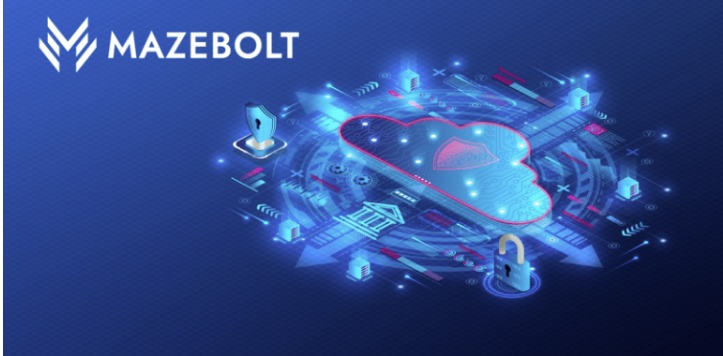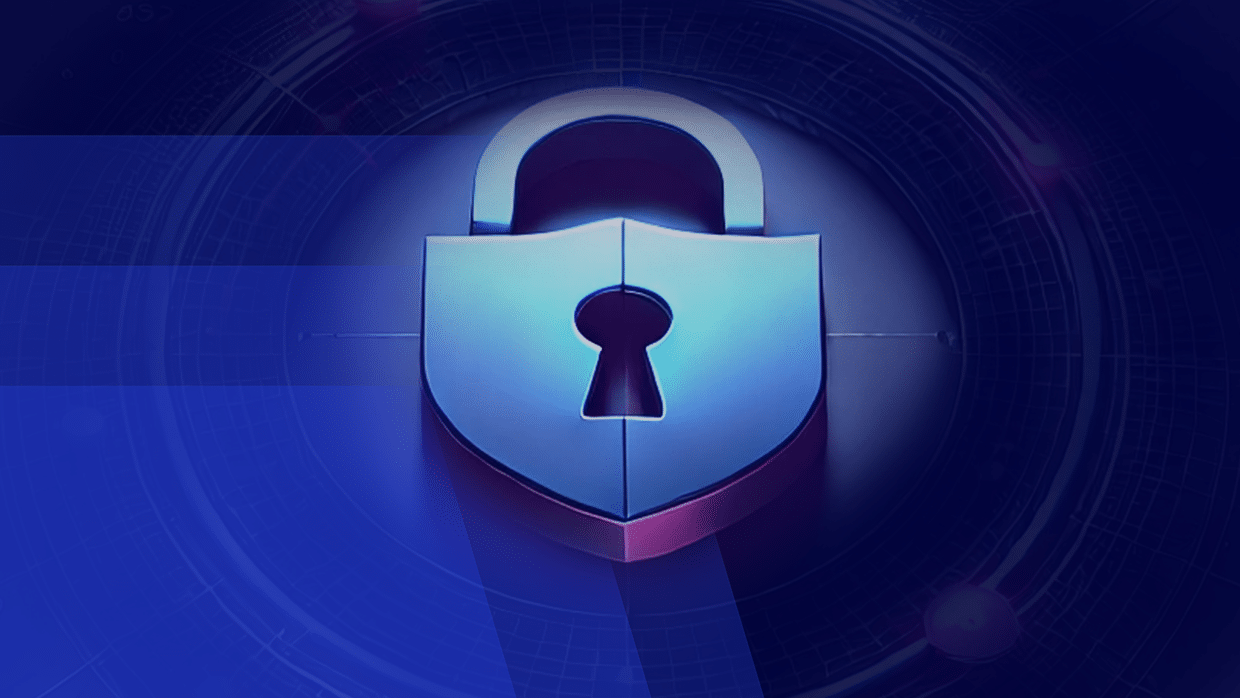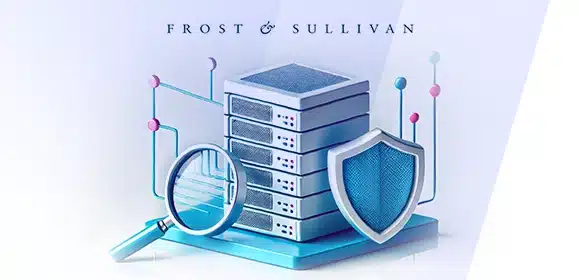Cybersecurity Awareness Month – marked each October in many countries – is about working with your team to prevent damaging cyber attacks. In this post, we’ll be looking specifically at how you can build up Distributed Denial-of Service (DDoS) resilience across your organization.
DDoS attacks aim to damage businesses through disruption to online services by means of a flood of traffic, causing service outages and significant financial losses. Online services that can be disrupted include websites, mobile banking apps, APIs, gaming, DNS, VoIP, and any other online applications.
As DDoS attacks remain one of the most damaging cyber threats, achieving DDoS resilience through effective mitigation and vulnerability management strategies is critical. Moreover, an awareness must be cultivated that the overriding reason DDoS attacks continue to inflict damage is due to undiscovered DDoS vulnerabilities.
With DDoS attacks rising in sophistication and frequency, implementing the principles of DDoS resilience will better safeguard your digital environments against damaging attacks and costly downtime. Here are three insights into how to build up your organization’s DDoS resilience during Cybersecurity Awareness Month and beyond.
1. Invest in Employee Education
One of the key messages of Cyber Awareness Month is that everyone on your team plays a role in protecting an organization’s digital assets. From entry-level employees to senior management, making sure each person on the team understands the fundamentals of DDoS security – including both mitigation and DDoS vulnerability management – can greatly reduce the risk of damaging DDoS attacks.
In the case of DDoS education, the continuity of training and awareness is especially important for the network security and app security personnel. But it should also include educating C-level executives about the ongoing investments required to ensure the prevention of damaging business continuity losses.
You can reinforce your training awareness by building “best practices” into your daily operations. Remind all stakeholders that the goal of automated DDoS protection is to prevent damaging DDoS attacks – and that damage prevention requires two, ongoing activities:
- Regularly testing security policies for vulnerabilities
- Maintaining DDoS security policies that are regularly fine-tuned based on vulnerability data guidance
2. Continuously Validate Your Entire DDoS Attack Surface
You can’t have effective DDoS protection without a comprehensive mapping of your organization’s attack surface. Make sure your security team continues to update its DDoS protections to cover all potential entry points and digital assets that could be targeted by attackers. From network infrastructure to applications and cloud services, every element of the attack surface must be accounted for.
Regulations such as the SEC requirements, Digital Operational Resilience Act (DORA), Network and Information Systems Directive 2 (NIS2), and other industry-specific frameworks provide excellent guidelines for establishing security protocols that mitigate DDoS risks. Typically, they require companies to conduct:
- Continuous testing of all protection solutions (with evidence-based reporting)
- Hardening of all systems, reducing security risk by eliminating vulnerabilities identified in security policies, and condensing the system’s attack surface
- In-depth reporting, highlighting compliance efforts
- Regular security audits, identifying any security loopholes to help protect critical data track effectiveness of the company’s security strategy
- Ongoing assessment of the attack surface mapping, including the validation of cloud-based and on-prem. Internet facing assets
Achieving DDoS resilience is not a one-time effort. Cyber threats are constantly evolving, and attackers are always searching for new weaknesses to bypass defenses. Therefore, it is essential to implement continuous testing and update your DDoS protections to ensure they can prevent the latest threats.
3. Education plus Testing equals Resilience
Cybersecurity awareness and DDoS resilience are two sides of the same coin:
- Awareness initiatives help build a strong security culture within the organization
- Implementing robust DDoS Vulnerability Management ensures that your organization is protected from large-scale DDoS threats
You need your employees to be knowledgeable about DDoS risks – and you also need your infrastructure to be equipped to handle DDoS attacks. Through a combination of these two elements, you can create a security-centric environment that protects your business from damaging DDoS attacks.
The two critical components of DDoS resilience that are necessary to prevent damaging attacks are:
- DDoS protection to create a defensive perimeter around online services
- DDoS vulnerability data to refine protection policies
Without these two components working and applied continuously to all online services, an organization is at very high risk of a DDoS attack.
By capitalizing on the momentum generated by Cyber Awareness Month, you can reinforce your organization’s commitment to maintaining a secure environment, improve your DDoS resilience, and avoid damaging DDoS downtime.
Interested in learning more about DDoS Vulnerability Management? See more here.






